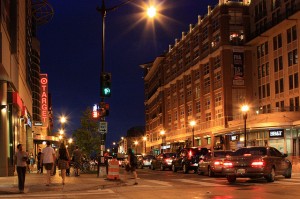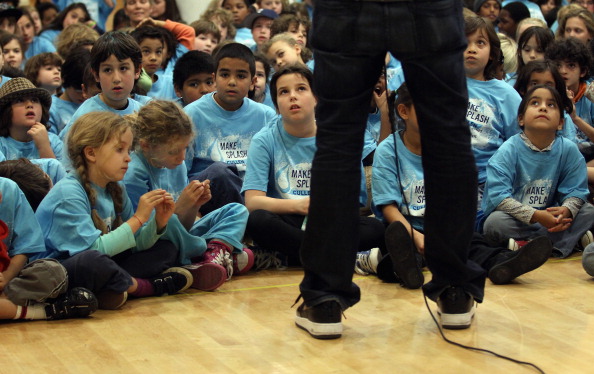The number of group homes in Ward 8 has been a point of contention among some residents in recent weeks. Such homes and shelters are actually called community residential facilities, and there are a number of reasons why group homes and transitional housing opens in Ward 8, including zoning, market forces and government-funding that has to be spent in low to moderate income communities.
Eleven D.C. agency representatives showed up to a Ward 8 community meeting last week to discuss the presence of community residential facilities in the area. Advisory Neighborhood Commissioner Sandra “S.S.” Seegars, who is running for the Ward 8 City Council seat, organized the meeting. And she, among other ANC commissioners, were vocal in their opposition to more homes opening in their communities.
Part of the ire from some local officials comes from the lack of notice they get when such facilities can open in their communities. In the past, Ward 7 Councilwoman Yvette Alexander proposed that ANCs to be notified when a group home was proposing to open. John Hall, director of D.C. Department of Housing and Community Development, which helps fund some community residential facilities, said moving forward ANCs would be notified when those submitting proposals for group homes don’t include a letter of support from the ANC. “I’m open to that,” Hall said. “With the next [request for proposals], we can do that.”
Not everyone opposes such group homes, such as ANC 8D02 Commissioner Olivia Anderson, who attended last week’s meeting.
“I came here to get information on group homes. As I’m sitting here, I’m hearing, ‘These children. These children.’ These children are our children, from our community and we need to welcome them back,” she said. “Not all these kids going to transitional housing are problematic kids.”
The most recent high-profile project includes a building at 1300 Congress Heights Street SE, spearheaded by nonprofit Peaceholics. The District government sunk $5.5 million into three vacant buildings that were intended to be fixed up and house “troubled” men between 18 and 24. The buildings could soon fall into foreclosure.
The borrower has until April to pay back the District. Hall said during last week’s Ward 8 community meeting that his agency is preparing to take over the buildings if the first lender can’t. If that happens, Hall said the Congress Heights building would become “quality affordable housing,” rather than community residential facility, as initially planned. He said the District has “gone down the group homes route with these projects before. I’d be a fool to go down that route again.”










